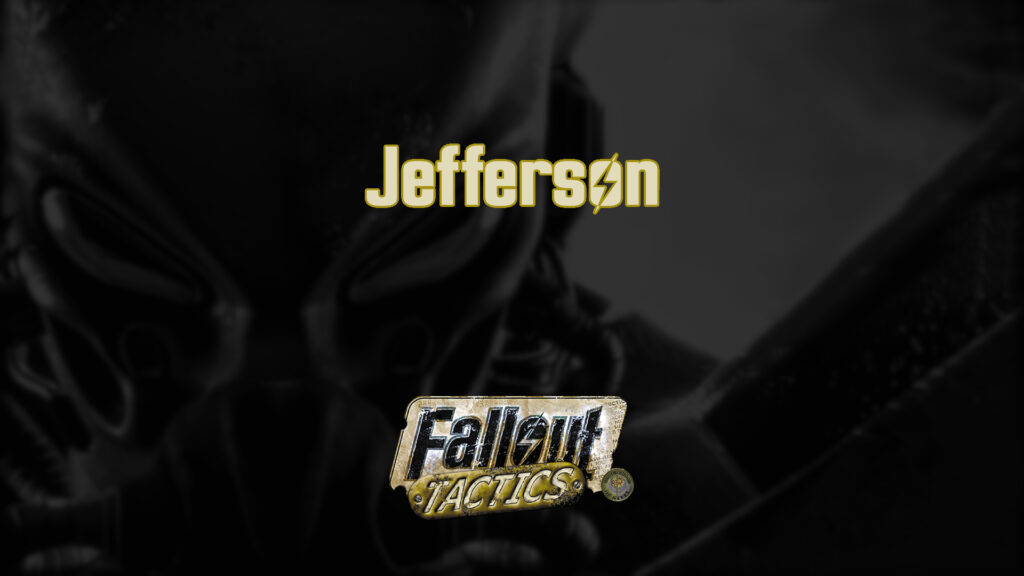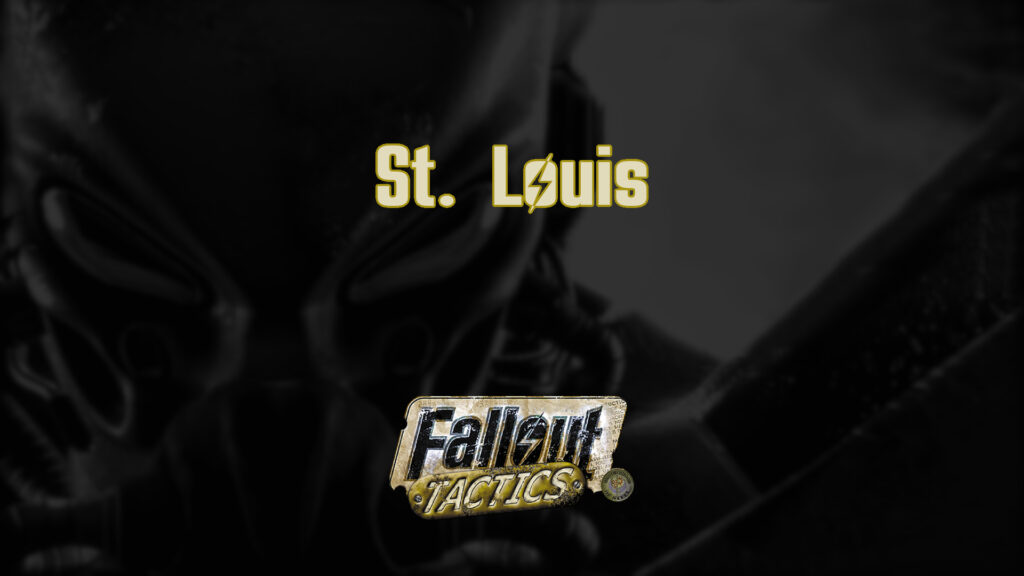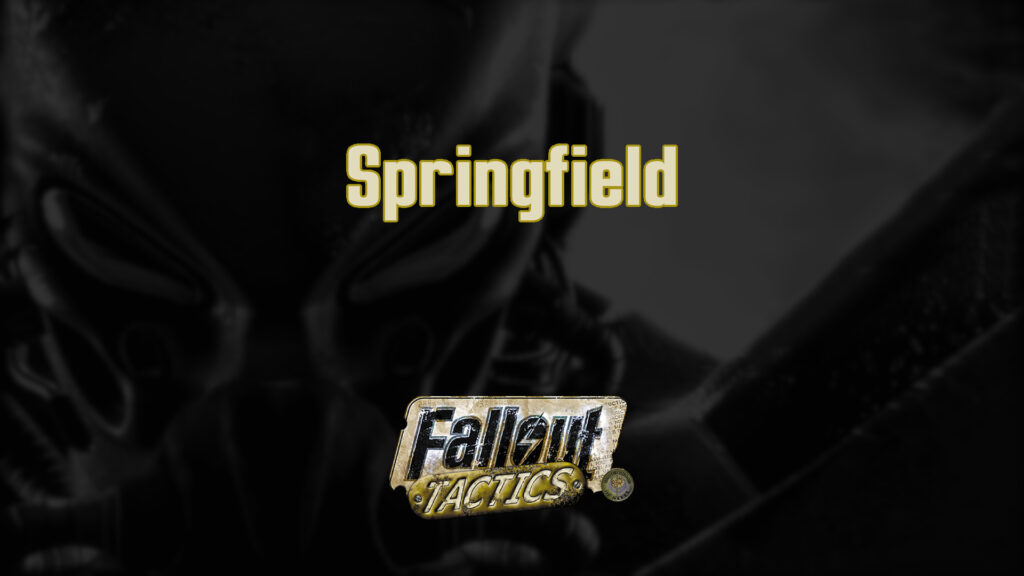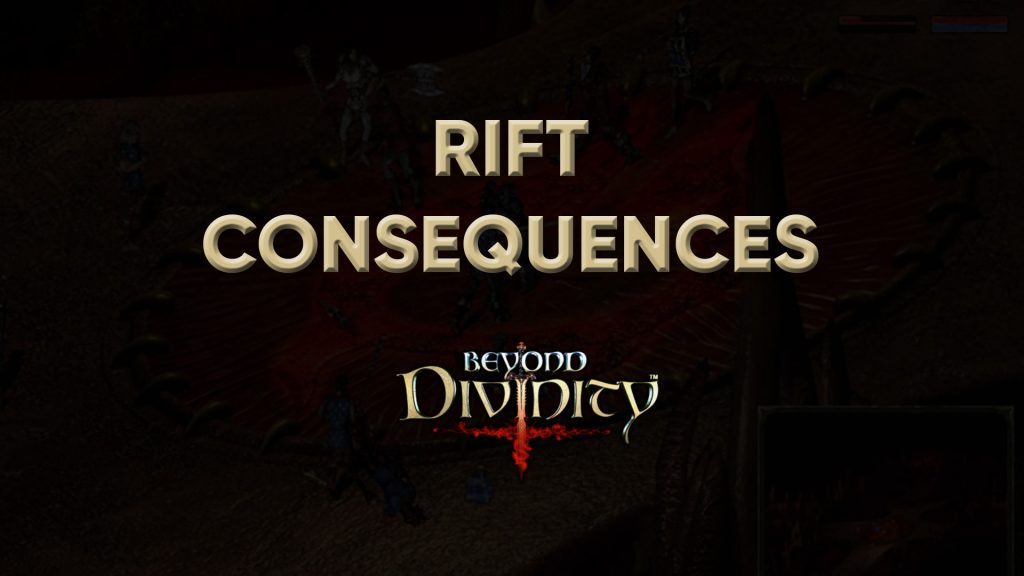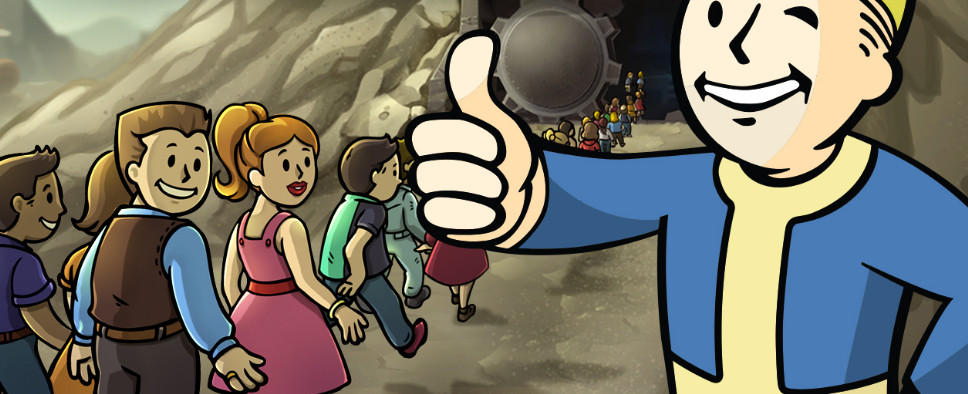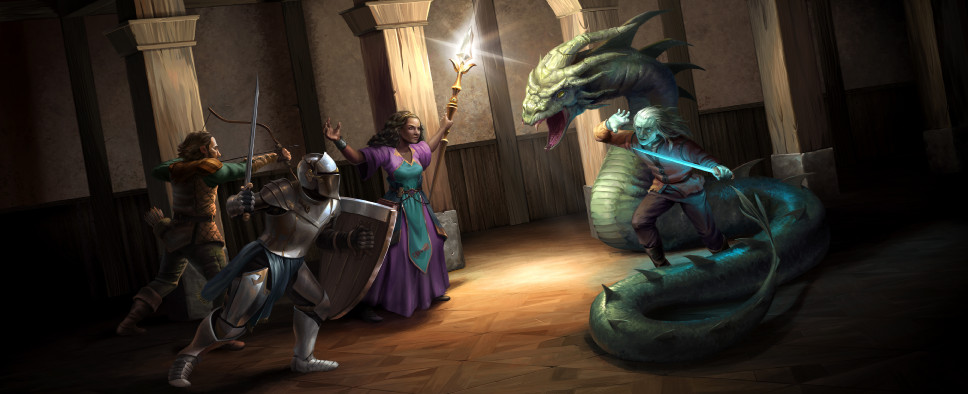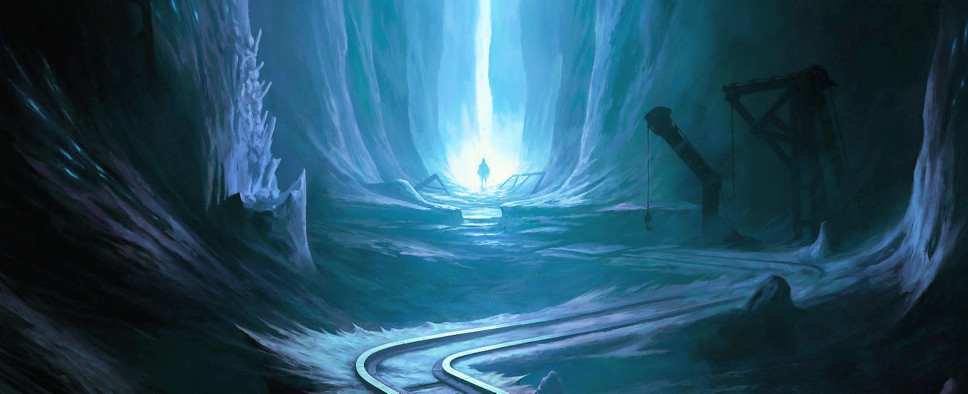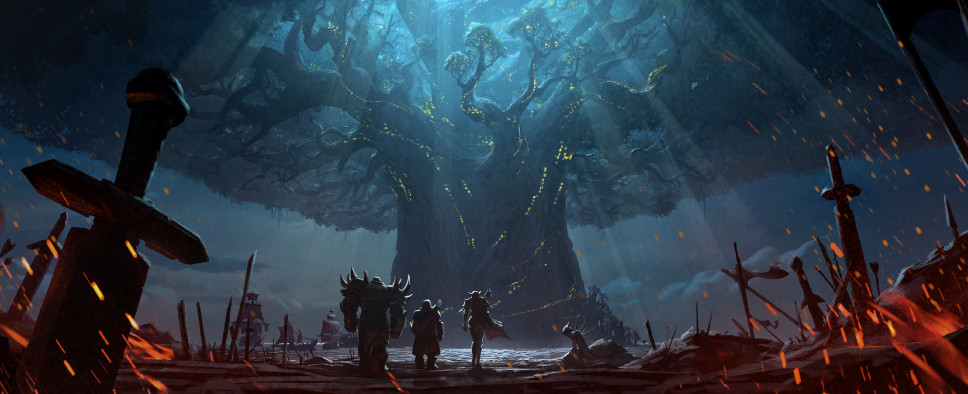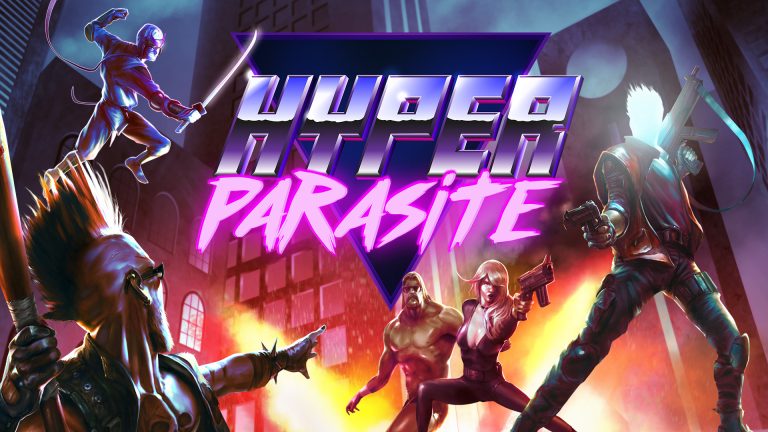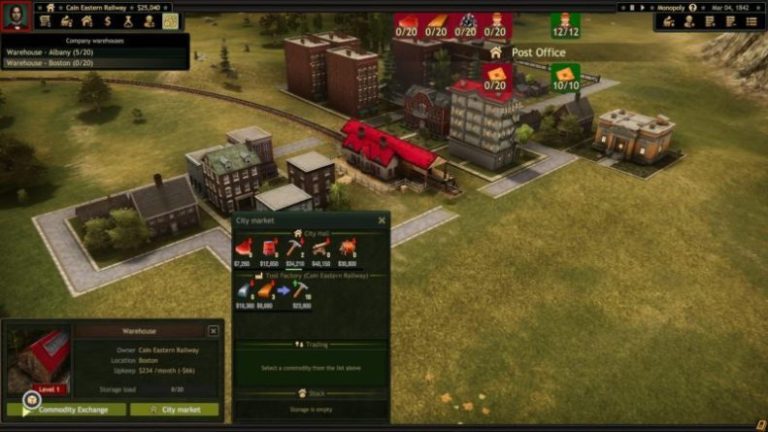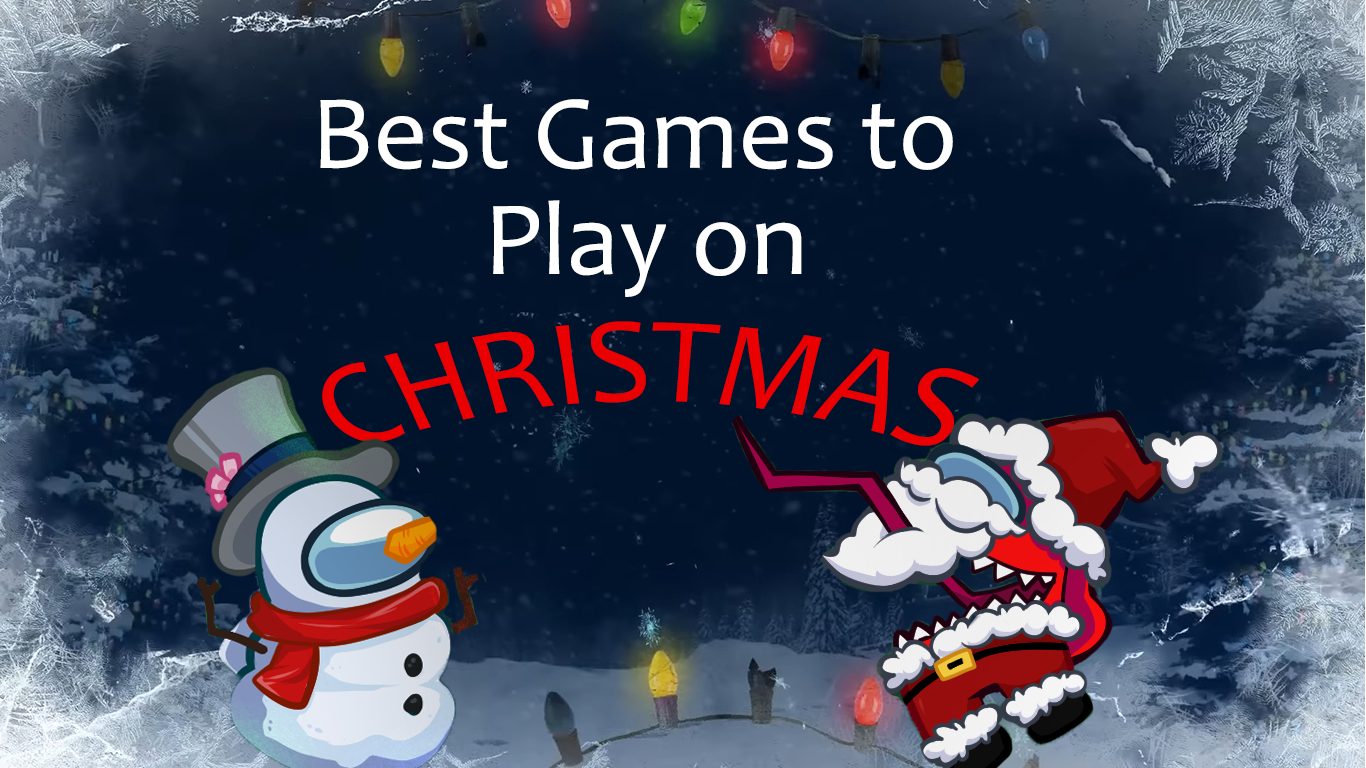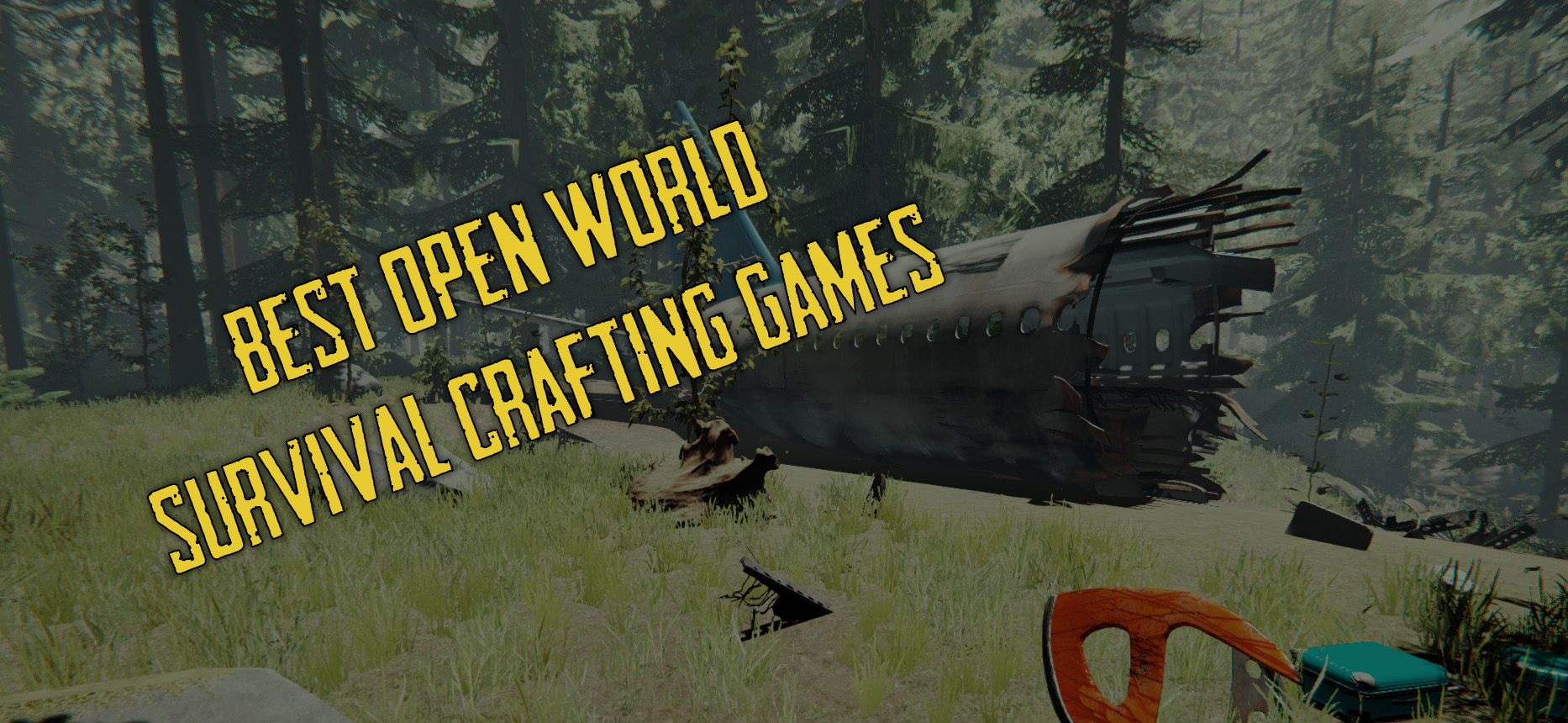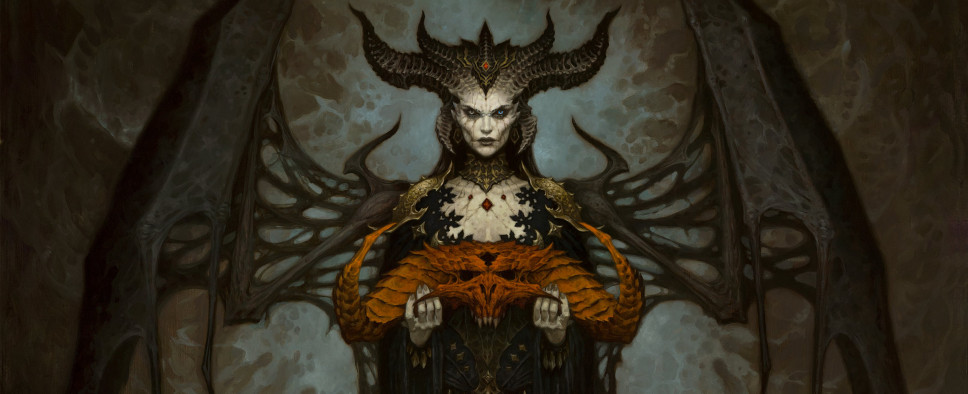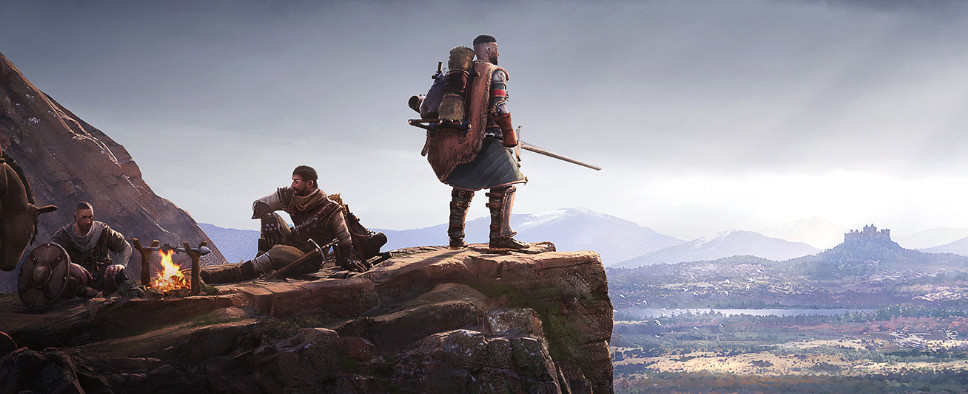Introduction
Whenever someone mentions dungeon crawlers, my mind immediately jumps to games like Might and Magic and Wizardry. First person, party-based, likely to be set on a grid of some kind. And while Event Horizon's Tower of Time is described as a dungeon crawler, it doesn't follow a similar formula. Instead, it's closer to something like Baldur's Gate or Icewind Dale with their isometric camera and real time with pause combat.
You have a dungeon, represented by a vast multi-level tower, and you have a party of daring adventurers slowly making their way through said dungeon while uncovering its secrets, learning to work together, and fighting plenty of monsters along the way.
Story and Exploration
Initially, I expected Tower of Time to resemble a real-time version of something like Blackguards where story existed mostly to get you from combat A to combat B. This ended up not being the case, and having finished the game, I can safely say that Tower of Time's story is its main attraction.
The game starts as this fairly run of the mill fantasy fare with abundant humans, tree-loving elves, and Scottish dwarves coming together to explore an ancient ruin that may hold a secret to saving their world. But then, as your party keeps descending the seemingly endless stairways of the eponymous Tower of Time and the story gets a chance to unfold, you first start getting clues that everything may not be as it seems, then you get hit with plenty of shocking revelations confirming this fact, and by the time you're done with the game, you're left with a story about ancient aliens, galaxy-spanning conflicts, and the nature of artificial intelligence, all within the span of eleven expansive floors.
I'm a big fan of stories that combine fantasy and sci-fi elements. RPGs used to do this sort of thing fairly often back in the day, but lately it's been a bit of a lost art. As such I greatly appreciated Tower of Time's return to form, so to speak.
It helps that the game is generally well-written. The typos are few and far between, all seven of the playable characters are oozing personality and get plenty of opportunities to grow and develop, the story is packed with twists that keep you guessing until the very last moment, the ending is anything but cliché, and the limited voice acting we get during cutscenes hits all the right notes.
Now, granted, while the story is fun, well-crafted, and most definitely competent, I wouldn't exactly call it a timeless masterpiece. In my opinion, it really could have used a diligent editing pass or two. If you stop and think about things, you may notice some minor inconsistencies here and there. The aforementioned character development can happen a bit too suddenly. The lack of communication trope is a touch overused. And in general, the game's tone can be all over the place.
To expand a bit on the last point, Tower of Time is absolutely riddled with not-so-subtle pop culture references, and depending on how you feel about those, you can see them as either cute or infuriatingly eye-rolling. From Star Trek and Doctor Who to Warcraft and Knight Rider, the references are pretty much everywhere, and in my opinion, they tend to clash with the game's overall atmosphere and take you out of the story. But if you can get over that, you'll probably enjoy that story quite a bit.
When it comes to actually playing the game, the majority of your time will be spent exploring the expansive caverns and narrow corridors of a mysterious tower. Your main goal will always be reaching the tower's lowest floor, but along the way you'll get a chance to deal with an undead crisis, solve a series of magical trials, and even visit another dimension. All of this is very well represented by the game's visuals that go from dimly lit caves and medieval halls to futuristic golem factories and shiny metal walls.
Each floor has a theme and a series of quests associated with that theme. And while the game progresses in a more or less linear fashion, each floor has numerous side activities you may wish to undertake, a simplistic puzzle or two for you to solve, and quite a few secret passages to uncover. Overall, this combination of activities creates a satisfying dungeon-crawling experience, though it does have its share of issues.
The biggest one is the fact that whenever you open your map screen, you get a handy checklist of things to do. At any moment you can see exactly how many battles, quests, treasure chests, upgrade materials, and secret passages each level holds. And that kills all the mystery that comes with not knowing what to expect as well as the satisfaction of discovering something off the beaten path.
Many of the quests also require quite a bit of backtracking, and even though you can increase your characters' running speed in the settings and there are plenty of handy teleporters scattered throughout the levels, you'll still be doing quite a bit of legwork. And seeing how all the battles happen in predetermined locations, after you're done with them, you're not even in any danger during those prolonged jogging sessions.
When not exploring the tower, you'll be able to take a break on the town screen. There, you will upgrade and enchant your equipment, level up your characters, and restore a series of neglected utility buildings.
All in all, experiencing the story bit by bit, collecting notes and ancient journal entries, following side quests across multiple floors - that's where the game shines. While running from room to room, and clicking on chests and various lootable items is simply the price you have to pay for getting to the good parts. Mostly because, as I've mentioned, there's no mystery and the loot is not that exciting. But more on that in the next section.
Combat and Crafting
You don't create a character in Tower of Time. Instead, there's a roster of seven unique heroes. Each of these heroes comes with a personality, weapon and armor preferences, and up to eight active skills. Each of those skills that range from buffs and area of effect attacks to summoning spells and arena-manipulating abilities has alternative upgrade paths. But on the flip side, you can only select four of them at a time. The developers seem to be fond of that number, and as such, your combat group has enough room for up to four heroes.
Now, while I definitely prefer turn-based combat systems, I have nothing against real time with pause battles of pen and paper-inspired RPGs. But the thing about those games is that you usually have so many options that combat becomes more of a test of your character-building skills than anything else. When you only have four characters with four skills each, things can get real stale real fast. And in Tower of Time they unfortunately do.
Whenever your heroes stumble onto a group of enemies, you get teleported to a battle arena that has very little to do with the map you were exploring. The game has only a handful of those arenas per floor, and even so, they never really impress you with their clever designs and tactical challenges.
What usually happens is you place your heroes, start the battle, and wait for the enemies to spawn. They do, you defeat them, and then the next wave of enemies spawns. Rinse and repeat. Sure, the developers try to spice things up a bit by providing you with various added challenges, like having to protect a couple of points or destroy a series of enemy-spawning portals, but at the end of the day you will still be fighting waves of enemies while being armed with a very limited arsenal of skills.
On top of that, continuing the game's trend of discarding any semblance of mystery, before a battle starts you can see exactly who you'll be fighting along with their stats, skills, and weaknesses. And even though the game has a fairly wide selection of enemies, after a while they all blur together into an indistinguishable mess. Protect your ranged characters, don't stand in red circles, don't run out of mana. Doesn't matter who you're fighting. If you follow these three easy steps, you'll come out on top. Playing on the fourth out of the game's five difficulty levels, I had to redo only a couple of battles over the course of its campaign that can take you around 30-40 hours to complete.
Pretty much the only thing I liked about the game's combat is how it handles pausing. By default, instead of a time stop, pressing space slows the action down to a crawl, shows you which enemy targets which of your party members, and allows you to consider your next step. But because the battle is still happening, albeit very slowly, you still feel some tension, even if it's all just a clever trick. Now, if you don't enjoy this approach, there's an option to switch to the traditional pause, but I wouldn't recommend it. The default way of doing things is quite neat.
After a battle is won you usually get some gold, a handful of crafting crystals and some loot. Most of the game's items are randomized through a series of suffixes and prefixes, with an occasional unique item thrown in for good measure. Each item has a series of stats, like armor penetration and critical chance, associated with it. During your journey, you'll be getting plenty of loot. So, if you're someone who can muster even the slightest bit of enthusiasm for stopping every three minutes in order to decide whether you prefer to have 5% more movement speed or 2 additional points of mana regeneration on your Something Shoes of Something, then you may enjoy Tower of Time's itemization. Personally, I found it unbelievably boring.
This was further worsened by the fact that the game has a robust crafting system. If you've read any of my reviews, you may know that I absolutely can't stand crafting in video games. And in Tower of Time, crafting is king. You can create items from different materials using various presets. Then, you can also add some bonus properties to these items, and then enchant them with a wide variety of powerful effects.
It's extremely easy to craft very powerful items and more often than not, those items are better than anything you can find while exploring. So, not only is the game's loot extremely boring, you can usually craft better gear yourself, which kills any possibility of excitement when discovering new stuff.
And if you thought that maybe you can buy some cool gear while in town with the gold you get, you'll be surprised to find out that gold actually acts as Tower of Time's experience points. In order to raise your heroes' levels you will need to build and upgrade a series of class-specific buildings and then spend some gold to train your heroes.
When going up a level, you'll get some skill points, that you can freely redistribute at will, and some attribute points that make your heroes stronger, tougher, faster or better at magic. In order to respec those, you will have to spend some crafting materials, but the price is very much affordable.
Aside from skills and attributes, the game has an alignment system that reacts to your choices during certain story moments. These choices, cosmetic as they may be, give you some roleplaying opportunities and in return can grant your heroes certain combat bonuses or penalties depending on what they think about your actions.
Now, while I definitely prefer the game's story to its battles, if you enjoy Tower of Time's combat, while in town, you can also participate in a series of optional challenges and earn additional gold, items and enchantments for your gear. And if you simply can't get enough of combat, you can play the game in a couple of so-called RPG-lite modes that make things tougher while also removing some of the usual story-based restrictions.
Technical Information
Tower of Time's visuals are quite decent. While the models are nothing to write home about, the game's environments are rich and detailed with no shortage of impressive vistas and cluttered hallways illuminated by both magic and technological contraptions.
The game's audio, on the other hand is not quite on the level. The music is far from memorable, but I have no complaints there. The sound design, though, is quite shoddy. The sound effects lack any sort of punch and impact, audio levels seem to be oddly mixed, and there's an annoying bug where if your character shoots a gun and tries to move at the same time, you get to hear the shot even though it gets canceled by movement.
Other than that, however, I didn't encounter a single bug in the game. It didn't crash on me once and generally ran pretty well. Some of the more open areas had frame dips here and there, but they were barely noticeable.
The game saves and loads almost instantly. It has manual saves, quick saves, and autosaves, so you shouldn't have any issues there.
Conclusion
When playing a video game, I need something to look forward to. Some clear goal, a promise of cool gear, new levels that unlock new powerful skills, exciting fresh challenges. With its lack of mystery and interesting items, Tower of Time became old for me a little too soon. If not for the story, I would have probably struggled to even finish it.
Overall, though, I think Tower of Time is a competent game. It works. It runs well. It has an engaging story and a series of systems that are immediately familiar but still have some unique personality. If you can appreciate a decent story, or really like crafting, you will probably find something to your liking there. Otherwise, it may not be a game for you.
